RECOIL OFFGRID Survival Signal to Noise: Crisis Communication
In This Article
Communicating during a disaster is incredibly challenging. Even in everyday situations, communication is a complex process for anyone involved in an exchange. Add the stress and urgency of a crisis, and things can go wrong quickly. In times of disaster, human beings often struggle to absorb life-saving information effectively. We process messages differently under pressure, retain little of it, and respond unpredictably. In fact, during such high-stress moments, people often revert to simpler levels of understanding, meaning the information shared must be clear and simple enough for a sixth-grader to grasp.
Crisis communication should be approached from both the perspective of the listener and the spokesperson. According to the latest Gallup Poll, only 20 percent of U.S. citizens expressed a fair amount of trust in the federal government, while others may feel completely neglected. For emergency responders, understanding these challenges is crucial in bridging communication gaps and building trust with the public. So, how can emergency response agencies effectively deliver life-saving information to their audiences? And equally important, how can those audiences remain open to receiving and acting on that information when their decisions may be a matter of life or death?
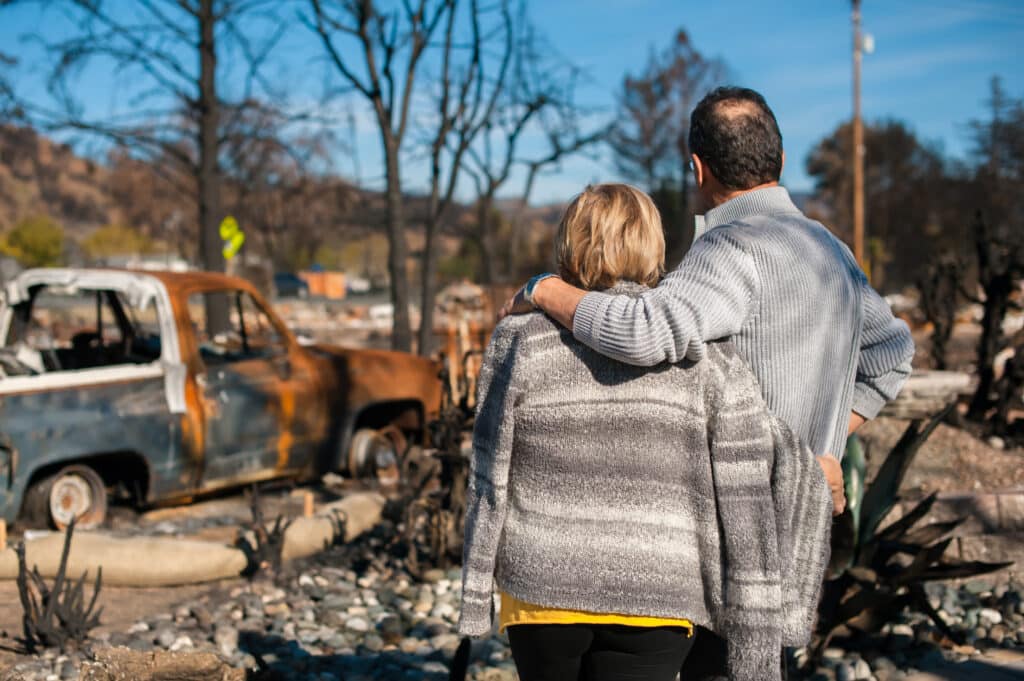
Community trust is vital in crisis communications; it helps ensure that the public follows safety instructions and cooperates with emergency responders. During a disaster, transparent, honest, and consistent messaging fosters trust, reducing panic and confusion, and empowering communities to stay resilient and respond effectively to the crisis.
Effective disaster communication is vital to ensuring the safety, well-being, and recovery of affected communities. When disaster strikes, it is the timely, clear, and accurate communication from response agencies that can mean the difference between life and death. The primary goal of disaster communication is to provide residents with the information they need to protect themselves and take appropriate action.
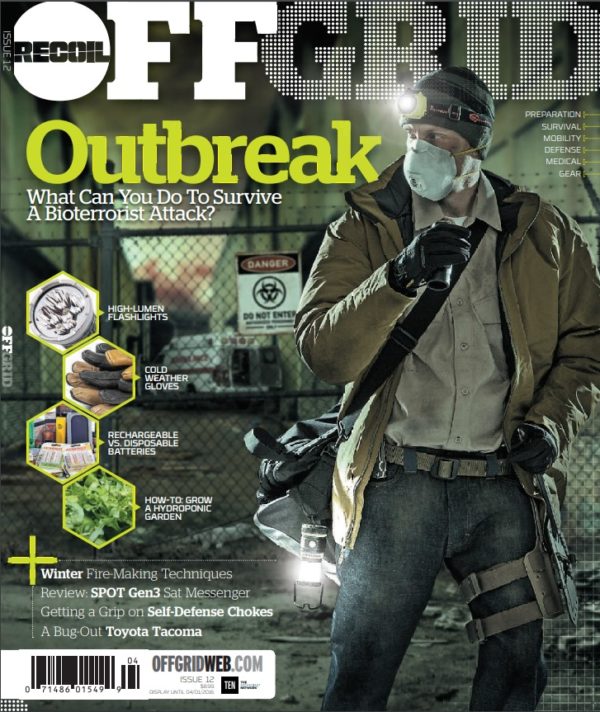
Clear communication is necessary to keep the public informed of risks and safety instructions such as evacuation orders as seen during Hurricane Katrina. In times of crisis, emotions are high, and the ability to quickly deliver concise and accurate messages helps prevent confusion and panic. Miscommunication or delays in disseminating information can have devastating effects, as people may not receive the necessary warnings to take life-saving measures in time.
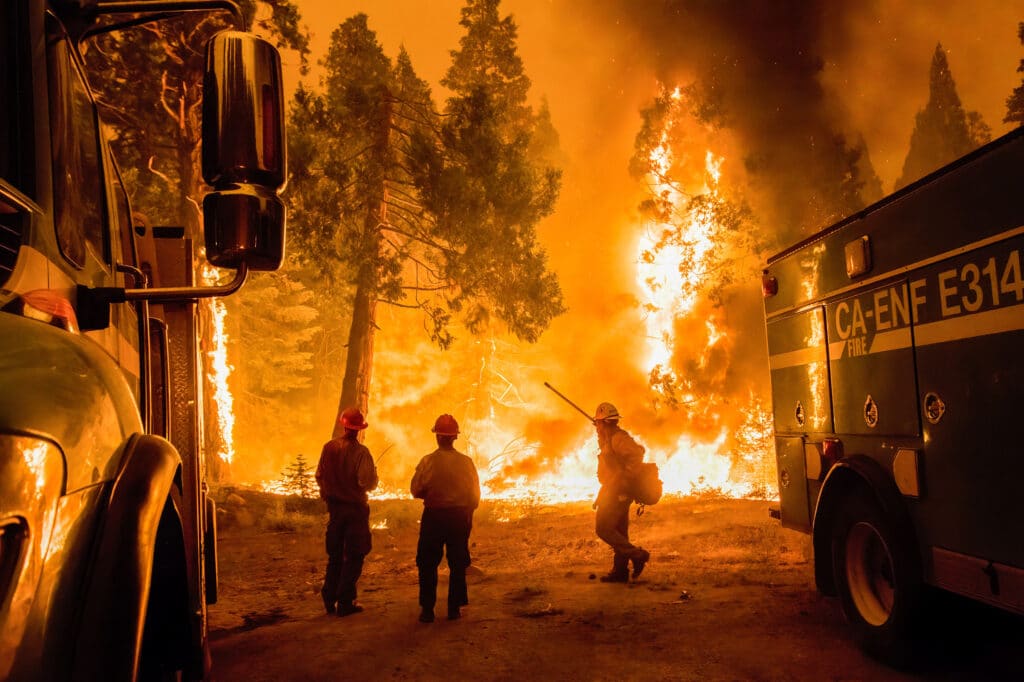
STRAWBERRY, CALIFORNIA, UNITED STATES – 2021/08/26: View of burning trees as the Caldor Fire grows to the Tahoe...
The consequences of poor communication during a disaster are severe and multifaceted. Misinformation is one of the most dangerous byproducts of ineffective communication. During the 2004 Indian Ocean tsunami, rumors and contradictory information spread through the affected regions, leading to confusion about the scale of the disaster and evacuation plans. In some cases, local authorities were slow to issue clear warnings, and public confusion led to people being caught off-guard by the waves resulting in thousands of avoidable deaths.
Panic is another significant risk associated with poor communication. When people don’t receive accurate or timely information, they may make irrational decisions driven by fear, such as attempting to flee in an uncoordinated manner or ignoring evacuation orders altogether. This chaos not only jeopardizes their safety but also complicates the efforts of emergency responders who are trying to help. The good news is that panic is not as common as we may believe during a disaster. According to the American Psychological Association (APA), “Panic during disasters is much less common than people tend to believe.” The National Research Council report titled “Disaster and the Community” from 2011 confers with the APA and states that “studies of mass disasters consistently show that, rather than panic, most people exhibit calm, cooperative behavior.” While this is all good news, it is important for communicators to always hope for the best yet plan for the worst as they traverse down a potential rabbit hole of deep distress.
Adding to potential problems, delays in communication, or failure to relay clear instructions, can result in delayed responses to critical needs such as medical assistance. A lack of coherent information about where to find supplies or how to get to safety can leave people stranded or without resources, exacerbating the disaster’s impact. Past disasters provide ample evidence of how communication failures can amplify the devastation. Take, for example, Hurricane Katrina in 2005. Poor communication from government officials and agencies led to widespread confusion and inefficiencies in evacuations and rescue operations. Many people in New Orleans did not receive timely warnings about the severity of the storm or the need to evacuate, particularly in low income or predominantly African American neighborhoods. As a result, thousands were left stranded in dangerous conditions, with inadequate resources and no clear guidance on where to seek refuge.
Recognizing the diverse needs of a community is essential for effective disaster communication. Communities are often made up of individuals from various cultural, demographic, and linguistic backgrounds. Understanding this diversity allows emergency responders to communicate in ways that resonate with all members, ensuring that life-saving information reaches everyone. Cultural norms and values can influence how people perceive authority figures or how they respond to directives. Some populations may have a mistrust of government agencies, while others may be more reliant on community leaders. By acknowledging these differences, emergency responders can tailor their messaging to increase receptivity and ensure a unified, effective response.
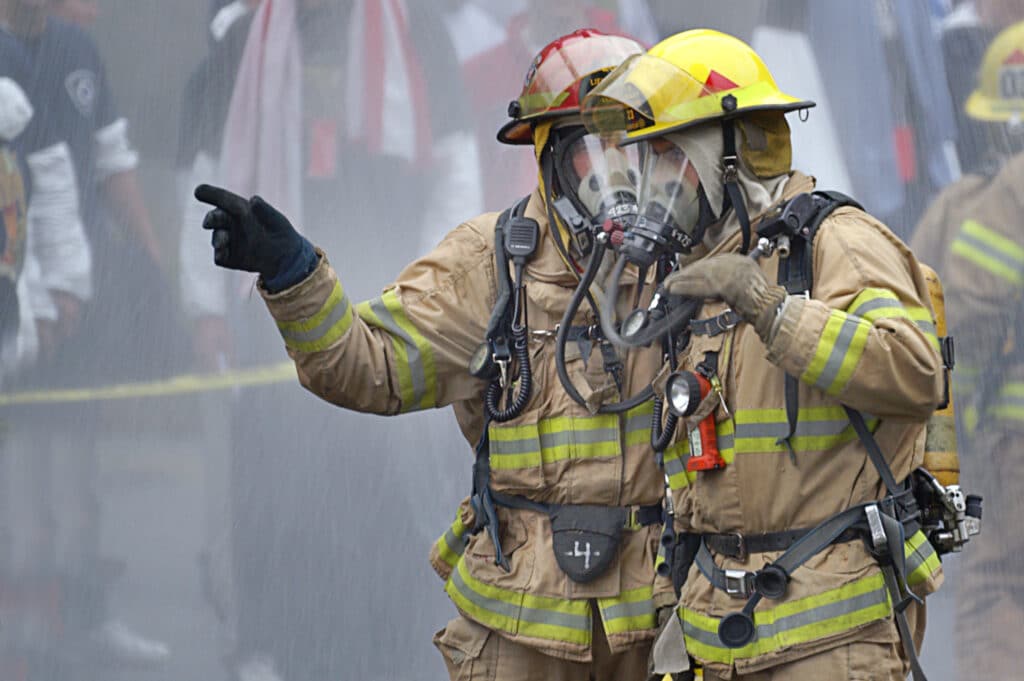
Crisis communication during a disaster is incredibly stressful as responders must balance the urgency of delivering accurate information with the need to manage public fear and confusion. The pressure to make quick decisions, handle misinformation, and coordinate with multiple agencies can be overwhelming. Clear, calm communication is essential to ensuring safety and maintaining public trust amid chaos.
Community engagement is critical for building a foundation of trust and preparedness before disaster strikes. Emergency responders should establish ongoing relationships with community organizations and residents, ensuring that they are well-informed about available resources and emergency procedures. Pre-disaster outreach, such as education campaigns, help to familiarize the public with the necessary actions they must take during a crisis while also reinforcing the credibility of emergency agencies.
The more involved and informed a community is ahead of time, the more likely individuals will feel prepared and empowered to respond effectively when disaster occurs. By prioritizing engagement, responders can also identify unique community needs or vulnerable populations such as the elderly. Tailored preparedness programs can then be developed to ensure that all residents are equipped with the right tools to protect themselves during a disaster.
Trust is fundamental to disaster communication. If emergency responders have not established a strong, transparent relationship with the community before a crisis, their messages may not be taken seriously or followed. Building trust is a long-term effort that involves consistent, honest communication and active involvement in the community throughout normal times. Dr. Barbara Reynolds is a retired deputy director of external affairs with the Centers for Disease Control and Prevention (CDC) and wrote the book on Crisis & Emergency Risk Communications. She informs us that “it’s vital to make an emotional and psychological connection with your audience at the initial stages of the disaster that’s occurring, especially if you’re back at a headquarters doing something that’s got your attention focused elsewhere. It’s an investment in both your community and communication to make sure that you’re doing the best you can to keep them informed and develop that trust-based relationship with them.”
By engaging with local leaders, listening to the concerns of the public, and demonstrating a genuine commitment to residents’ well-being, responders can create an environment where the public is more likely to heed warnings and take the necessary steps for safety when a disaster occurs. Effective disaster communication is a critical element in saving lives and reducing the overall impact of a crisis. To ensure that people can make informed decisions, emergency responders must adhere to key principles that guide the way information is disseminated. The principles of timeliness, clarity, consistency, actionable information, credibility, and the use of multiple communication channels are essential for effective communication and community safety.

Timely and factual communication is essential during a disaster to provide clear guidance and ensure public safety....
One of the most important aspects of disaster communication is timeliness. In emergencies, situations evolve rapidly, and residents need real-time updates to make informed decisions. Regardless of the disaster, timely communication allows people to understand the current situation and take immediate action. Delays in providing updates can cause unnecessary risks, as communities may not be able to prepare or evacuate in time. Providing constant updates through reliable channels, even when new information is minimal, helps reassure the community and encourages proactive safety measures.
Clarity in communication is crucial, especially during a disaster when emotions are high, and people are under stress. Complex or technical language can confuse or overwhelm the audience, increasing the risk of individuals missing vital information or misinterpreting warnings. Emergency communication should be straightforward, avoiding jargon or unnecessarily complicated terminology. Instead of saying, “Evacuate to the designated shelter area,” a clearer message would be, “Go to the school gymnasium on Maple Street for shelter.” The use of simple, action-oriented language helps ensure that everyone, regardless of education level or background, understands the message and knows exactly what they need to do to stay safe.
Consistency is another fundamental principle of effective disaster communication. During a crisis, conflicting messages from different authorities can lead to confusion and chaos. It is crucial that all sources (local, state, and federal agencies) deliver consistent and unified messages. This helps ensure that people are not receiving mixed signals, which can cause them to act in contradictory ways. If local government authorities issue an evacuation order while a federal agency reports that conditions are not yet dangerous, the public might be left unsure of how to respond. Having clear communication protocols in place and ensuring coordination between agencies is key to maintaining consistency during a disaster.
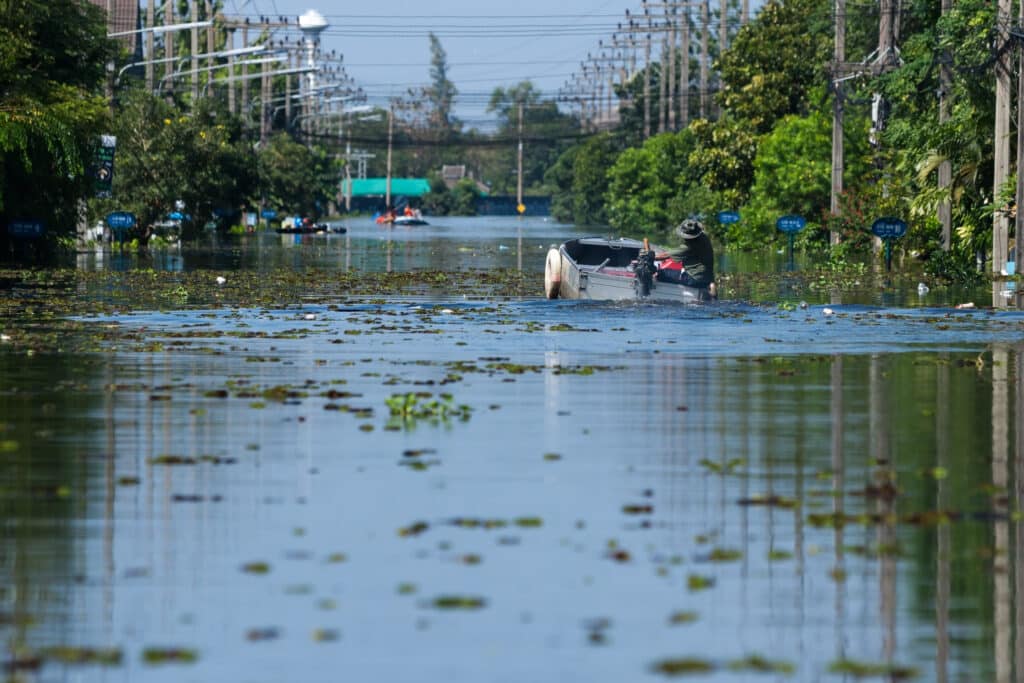
Disaster communication should provide clear, actionable information that allows people to take the necessary steps to protect themselves. Warnings are important, but they need to be accompanied by specific instructions on what to do. Telling people to “evacuate immediately” or “take shelter” is not enough. Specifically telling your audience to “take shelter in an interior room away from windows” offers a very particular course of action that helps alleviate stress and gives the listener a sense of control and ownership often needed during times of disaster. The clearer the instructions, the less likely people are to hesitate or second-guess their actions during critical moments.
In a crisis, misinformation spreads quickly, especially with the rise of social media. To prevent confusion and panic, it is essential that emergency communication comes from credible and trusted sources. Government agencies, local emergency response teams, and reliable news outlets should always seek to be trustworthy in the eyes of the public so that disaster recommendations are acted upon. Additionally, before disseminating any information, authorities should verify the facts to ensure accuracy. False or unverified information can result in widespread fear or, worse, dangerous actions taken based on incorrect assumptions.
From the viewpoint of the listener, this has become increasingly difficult, if not almost impossible, with political bias prevalent in news agencies today. Randy Retter, an elected sheriff from Wayne County, Indiana, and subject matter expert in safety, relates our need to gain trustworthy sources of information from multiple sources. “When we are encompassed in a digital world, we are only using two of senses, which are sight and sound. In a disaster, all our senses, including our sense to think logically, are available to us. If we’re faced with a situation where we need factual information, even if we’re not completely prepared for it, we’ve got to use most of our senses to often make the best decision on what to trust.
“We don’t always receive that, so we’re forced to make a potentially bad decision based on incomplete information. I’m afraid that’s what’s quickly happening to our nation today.” There may not be a concrete answer to uncover all the facts during a disaster. The most effective way to determine factual information is to perform your own research and get an overarching view of what all news agencies are saying. It’s not perfect, but at least you’re not being spoon-fed information the benefits television ratings and not yourself.
Finally, leveraging multiple communication channels is essential for reaching as many people as possible. Reynolds continues that “there is an opportunity for us to do a better job of managing the communication loop. It’s important to understand that there are best practices, but there is not just one way to communicate.”
She’s right. In today’s digital age, relying on just one communication method, such as radio or TV, can leave certain segments of the population uninformed. Social media platforms, websites, emergency apps, text messages, and traditional media outlets all play an important role in disseminating information quickly and widely. Social media, for instance, allows emergency responders to post real-time updates, while mobile apps can send push notifications directly to people’s phones. Traditional media like radio and TV are still critical for reaching those without internet access. A multi-channel approach ensures emergency messages are reaching the widest possible audience, especially in communities with varying levels of access to technology.
The effectiveness of disaster communication lies in its timeliness, clarity, consistency, credibility, and actionability. By adhering to these key principles and utilizing multiple communication channels, emergency responders can ensure that their messages reach those in need of information, helping communities stay safe and recover more quickly during and after a crisis.
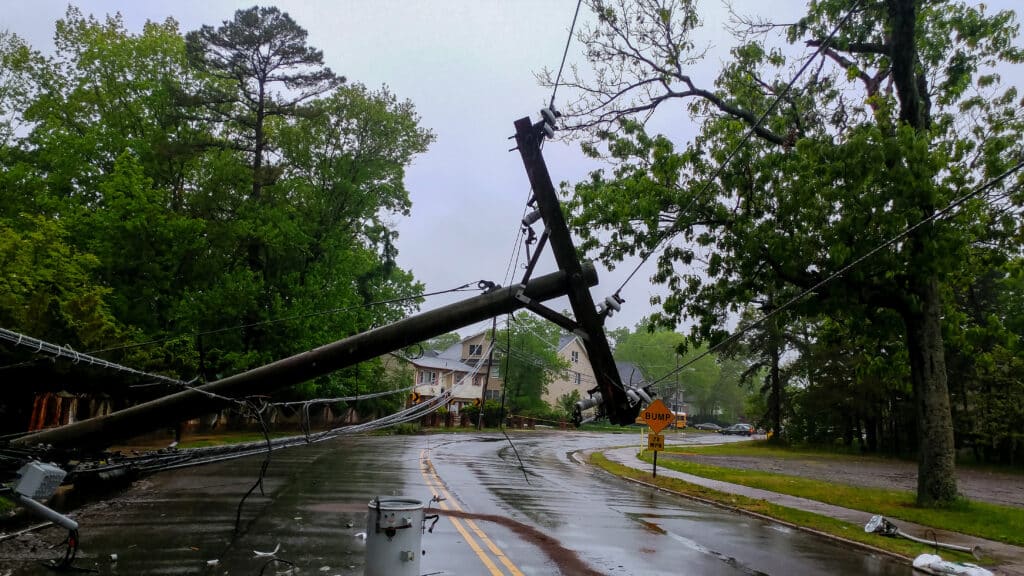
Effective communication doesn’t end once the immediate disaster threat has passed. In fact, the recovery and rebuilding phases require just as much, if not more, attention to ensure that communities receive the support they need to heal and rebuild. Ongoing communication during recovery plays a critical role in maintaining public safety. During the recovery phase, it’s essential to continue providing clear and actionable information to the community.
This includes updates on available resources such as shelter, food distribution, financial aid, and mental health services. As communities begin rebuilding, regular communication is needed to share progress, outline safety precautions, and direct people to available resources. If your local road access to certain areas becomes clear, informing residents can help them return home safely. Emergency responders and local authorities must continue to be visible, accessible, and responsive to the evolving needs of the community.
Another crucial component of post-disaster communication is gathering feedback from the community. After the disaster, emergency agencies should solicit input from residents about the effectiveness of the communication during and after the event. This feedback can be gathered through a variety of means such as surveys and town hall meetings. Analyzing this feedback helps identify areas for improvement, whether it’s the clarity of messaging or the accessibility of resources.
Incorporating lessons learned into future disaster communication plans ensures better preparedness for the next crisis. Post-disaster analysis offers valuable lessons. Past events, like Hurricane Katrina or the California wildfires, have highlighted the importance of timely, clear, and coordinated messaging. Agencies that communicate transparently and consistently build trust and reduce confusion during recovery.
Proper communication can also empower individuals and communities to take control of their recovery. When people have access to accurate and timely information, they feel more confident in their ability to rebuild. Empowering the community with knowledge about available assistance fosters resilience. This enables them to recover more quickly and emerge stronger, both emotionally and practically, from the disaster. Effective post-disaster communication not only supports recovery but also helps to build a foundation for long-term resilience in the face of future challenges.
Effective communication by emergency responders is crucial in ensuring a coordinated and successful response to disasters. When emergency situations arise, clear, accurate, and timely communication can mean the difference between life and death. It enables responders to quickly assess the situation, allocate resources efficiently, and relay critical information to the public and other agencies. Effective communication, however, goes beyond just relaying information.
Disaster communication establishes trust within the community and provides reassurance, thus ensuring that all parties involved are on the same page. This is why ongoing preparedness and training are essential. Responders must regularly engage in communication drills, improve their technical and interpersonal skills, and be committed to honest dialogue in both chaotic and calm times.
When responders communicate transparently and effectively, they build public confidence and facilitate smoother operations on the ground. Disaster communication, performed correctly, creates a foundation of trust that keeps us safe and informed during times of crisis. While not at the forefront of all emergency responders, communicators should fight to find a seat at the planning table. Emergency-based communication truly is the glue that holds disaster response efforts together, fostering a stronger, more prepared community ready to face whatever challenges may arise. When time is essential in saving lives, proper communication is indeed a vital step in getting emergency response right for our safety … and that is what truly matters.
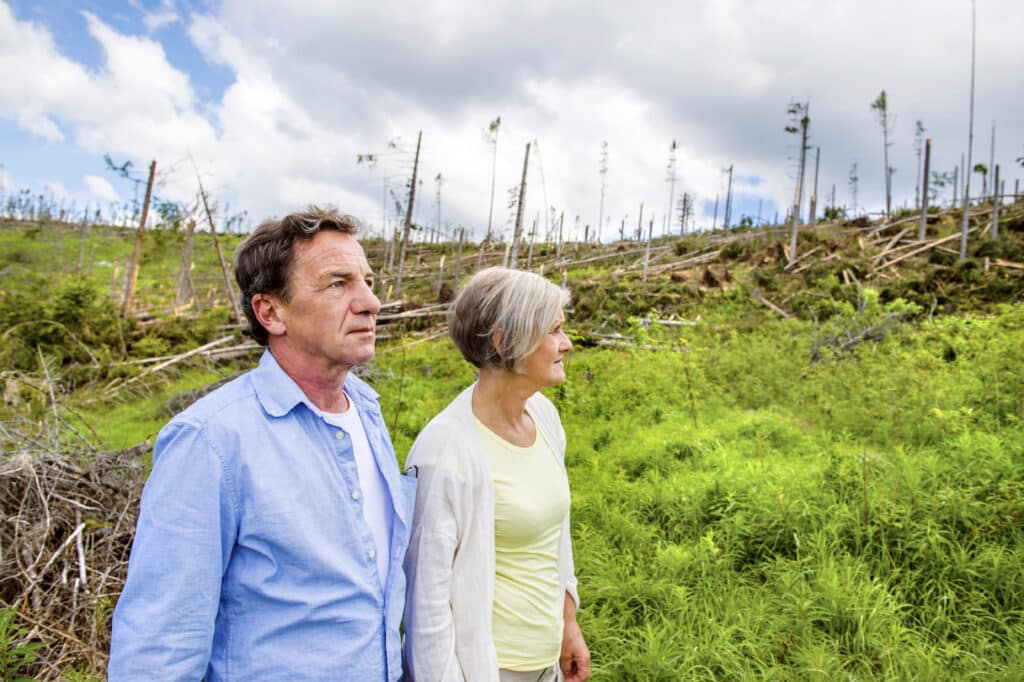
Instructions like “evacuate immediately” or “take shelter” are too vague, and can unintentionally put people in harms way. Instead, “take shelter in an interior room away from windows” is much more precise and affords people a greater chance of survival.
Crisis communication is crucial in ensuring that all individuals, especially vulnerable populations, receive timely, accurate, and accessible information during disasters. Vulnerable groups, such as the elderly, individuals with disabilities, non-native speakers, and those with limited access to technology are at higher risk during emergencies, not only due to physical or situational limitations but also because they may face barriers in receiving critical updates.
Accessibility: Crisis communication must ensure that vulnerable populations, such as the elderly, disabled individuals, and non-native speakers, have access to critical information through multiple channels (e.g., radio, text, social media, in-person outreach).
Clear, Simple Messaging: Information should be straightforward, using simple language and visuals to make it easier for everyone to understand, especially those with limited literacy or cognitive abilities.
Language Support: Messages should be translated and include cultural considerations to accommodate non-English speakers or individuals with limited language proficiency.
Technology Access: Recognize that some vulnerable individuals may lack access to modern technology, so traditional methods like printed materials or community-based announcements are essential.
Targeted Outreach: Engage with vulnerable populations directly through tailored outreach, such as providing sign language interpreters or dedicated helplines, to ensure they receive necessary guidance during a crisis.
Mark Linderman is the owner of Disaster Initiatives, an online company that provides communication leaders with the tools needed to address their communities and the media throughout a crisis, teaching the communicator to approach crisis communication from the listener’s perspective. He is a certified emergency manager (CEM) and 19-year veteran of Public Health. He instructs Crisis & Risk Communication and Disaster Preparedness courses for seven universities, including Indiana University’s Fairbanks School of Public Health. Linderman is considered a subject matter expert in the field of disaster-based communication and is a widely received public speaker and advocate for disaster preparedness.
Don’t miss essential survival insights—sign up for Recoil Offgrid’s free newsletter today!
Check out our other publications on the web: Recoil | Gun Digest | Blade | RecoilTV | RECOILtv (YouTube)
Editor’s Note: This article has been modified from its original version for the web.
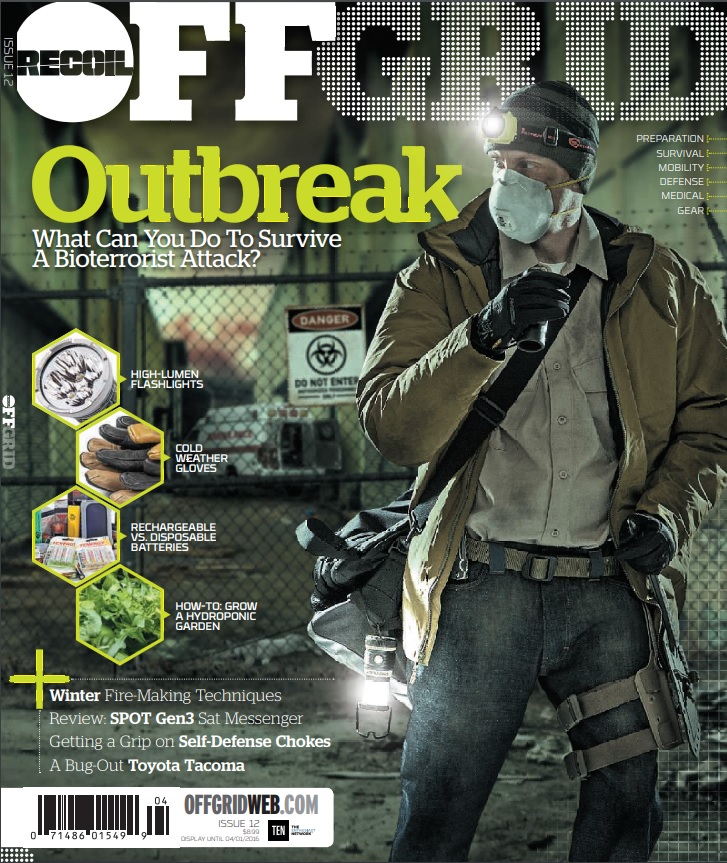 STAY SAFE: Download a Free copy of the OFFGRID Outbreak Issue
STAY SAFE: Download a Free copy of the OFFGRID Outbreak Issue
No Comments